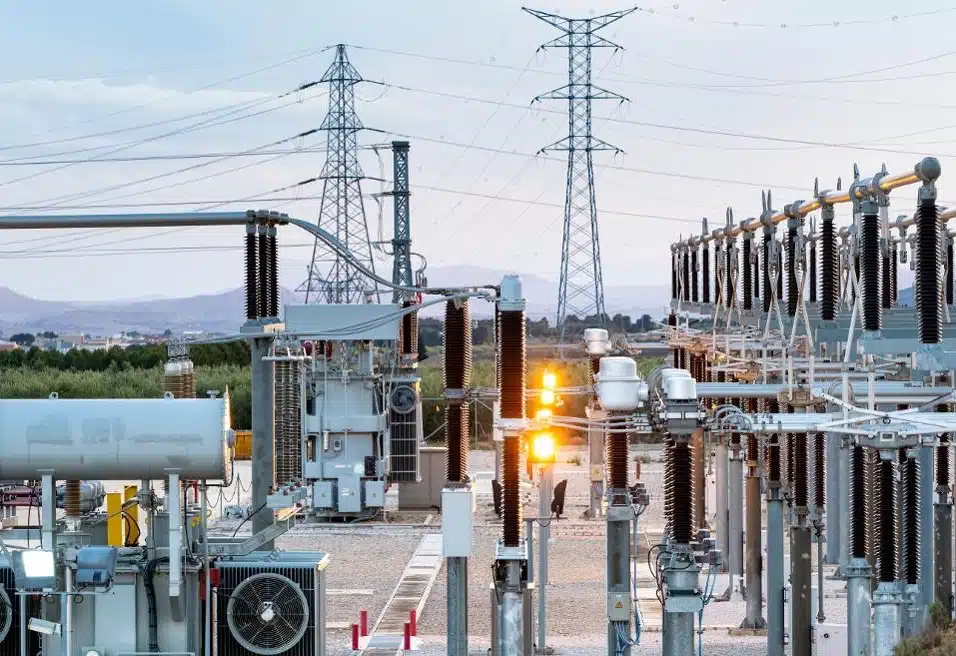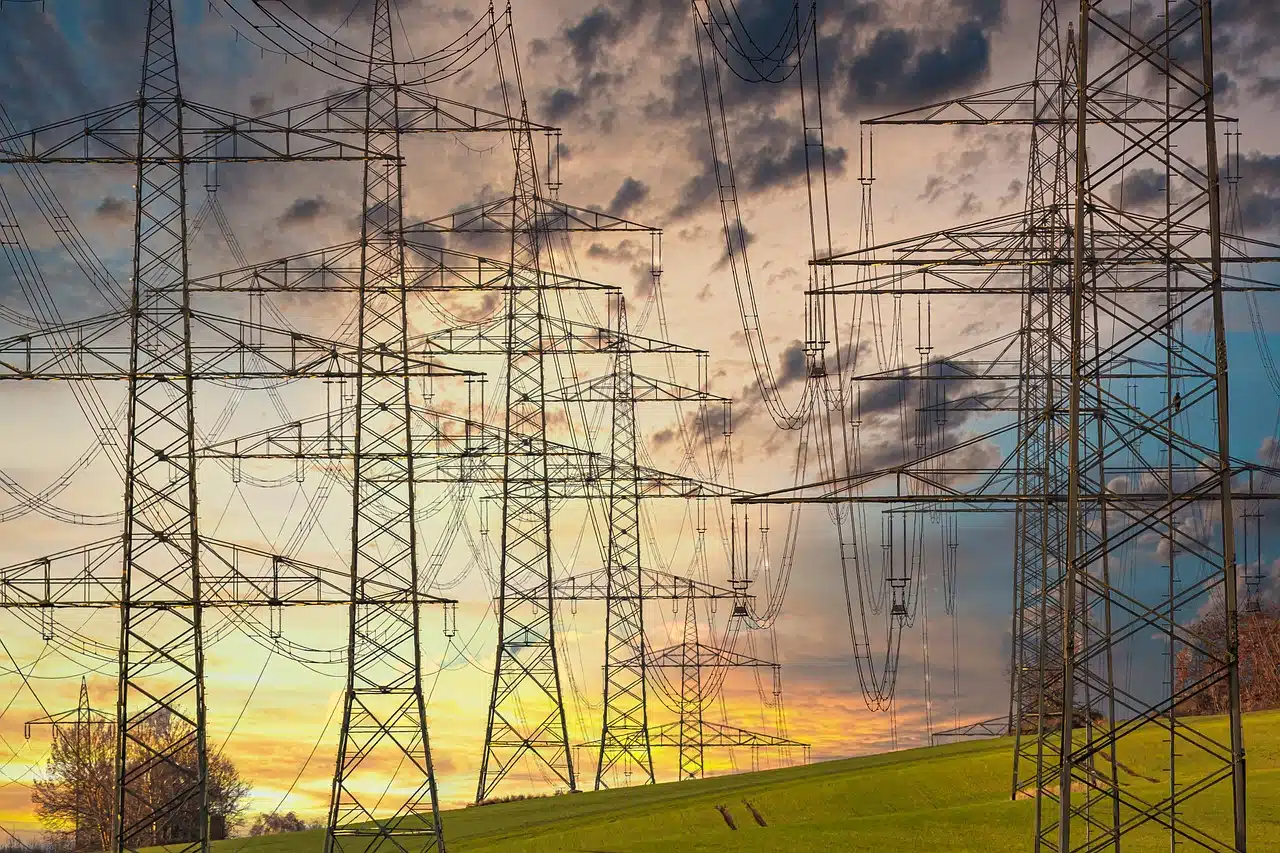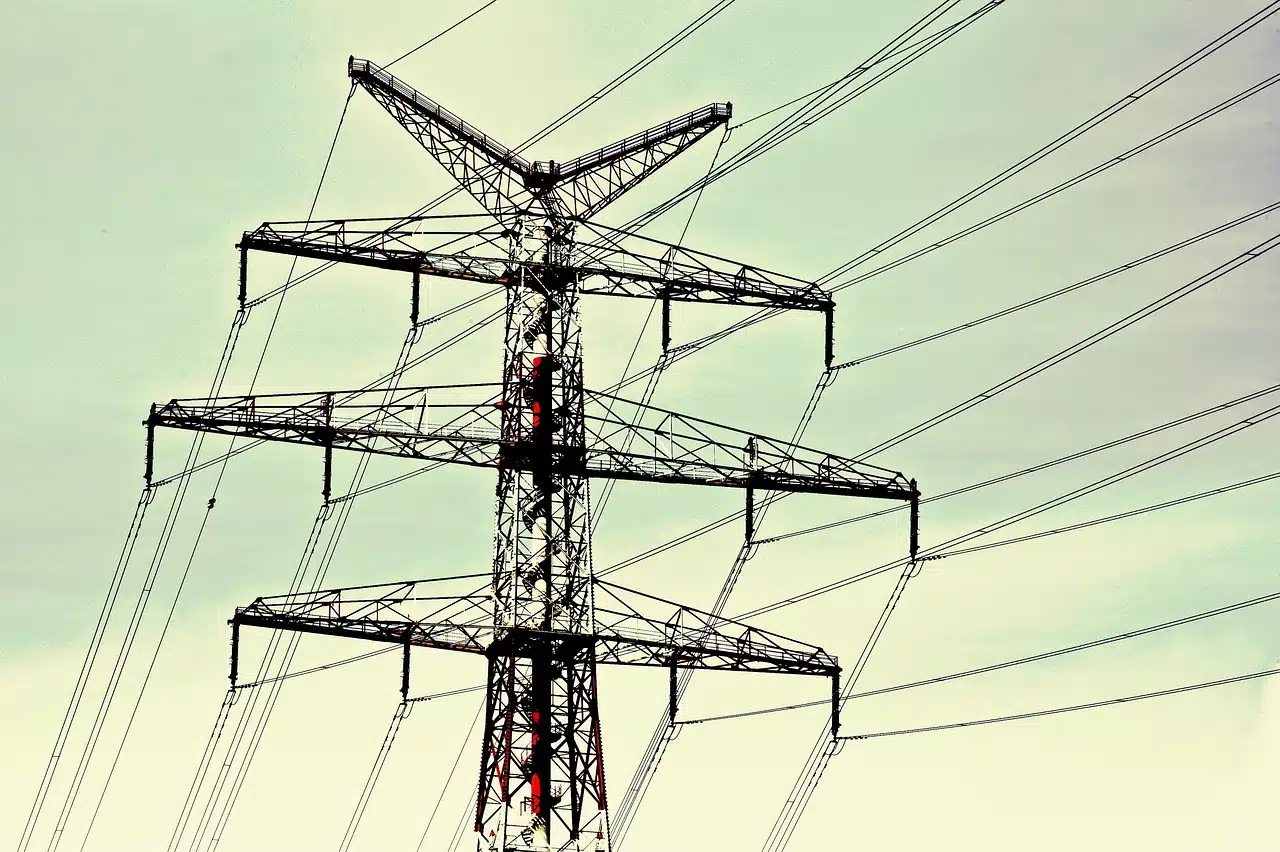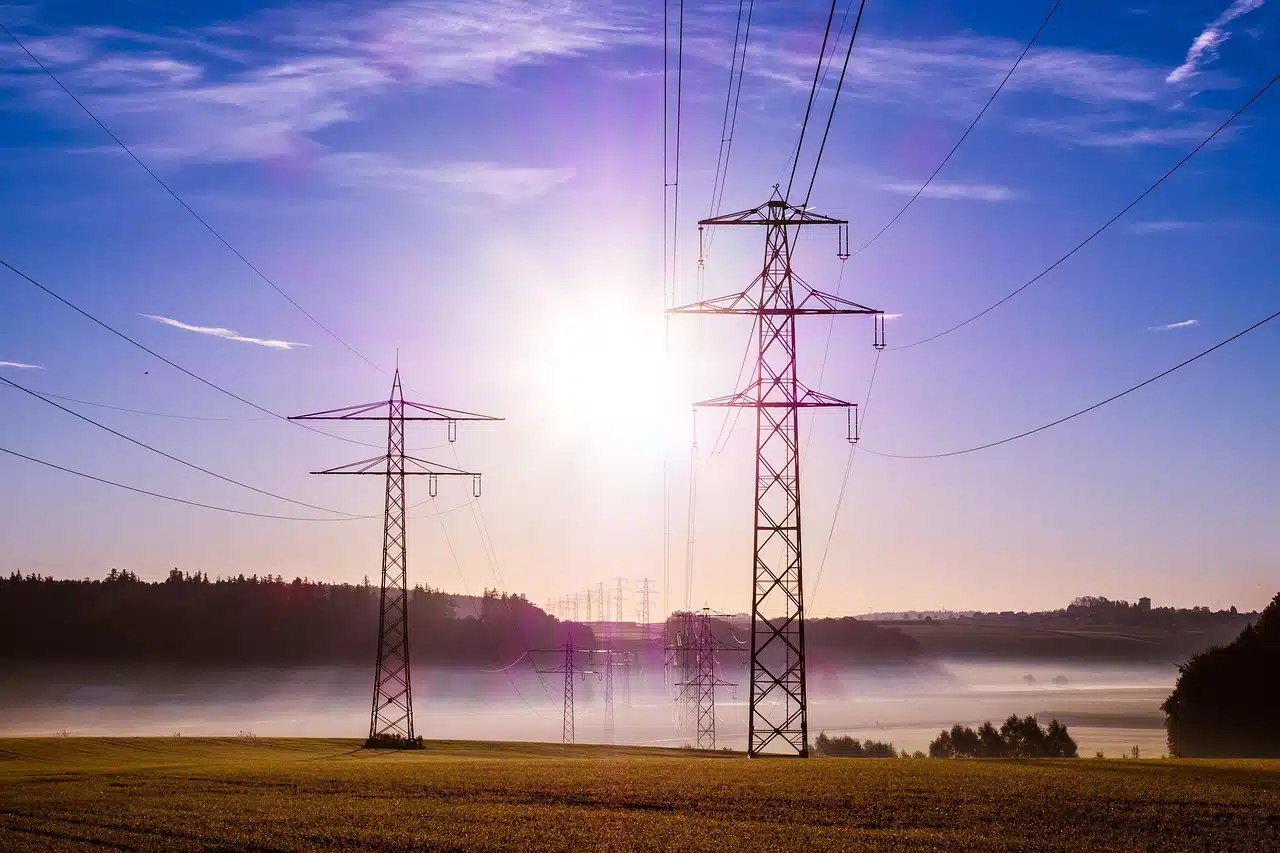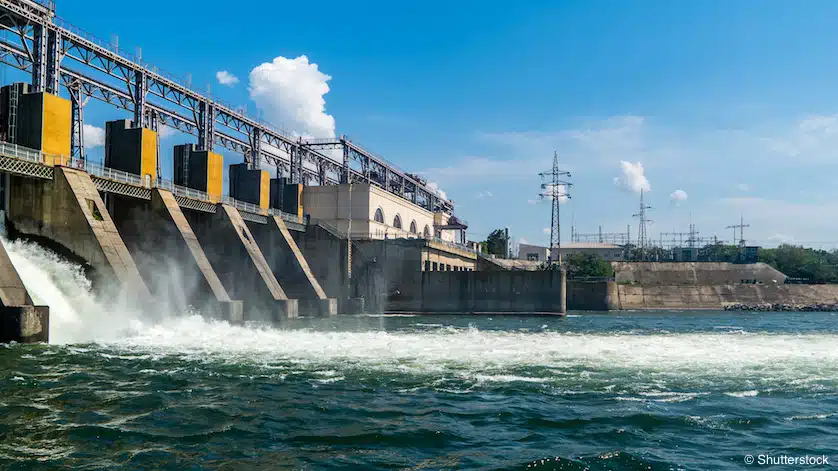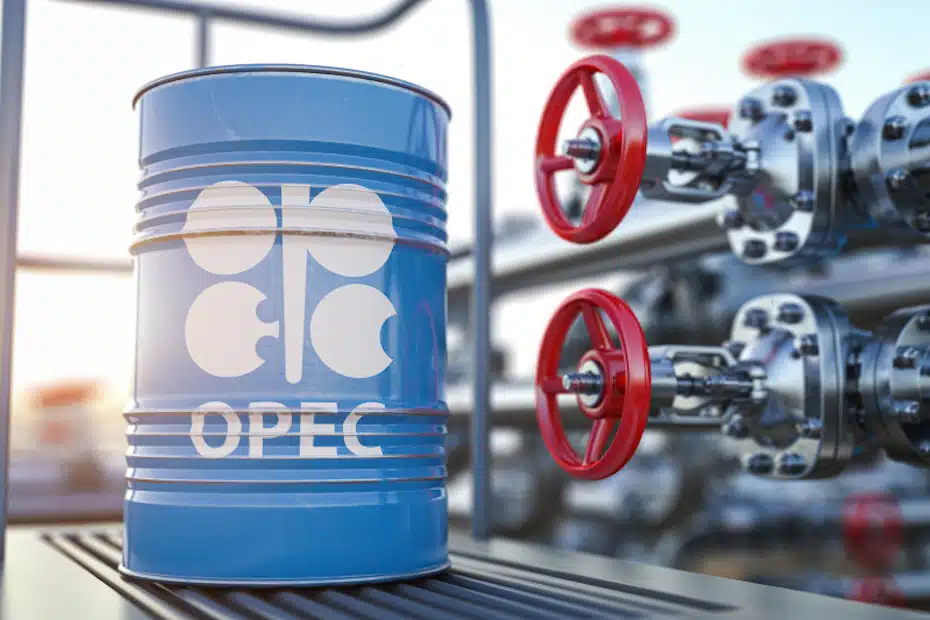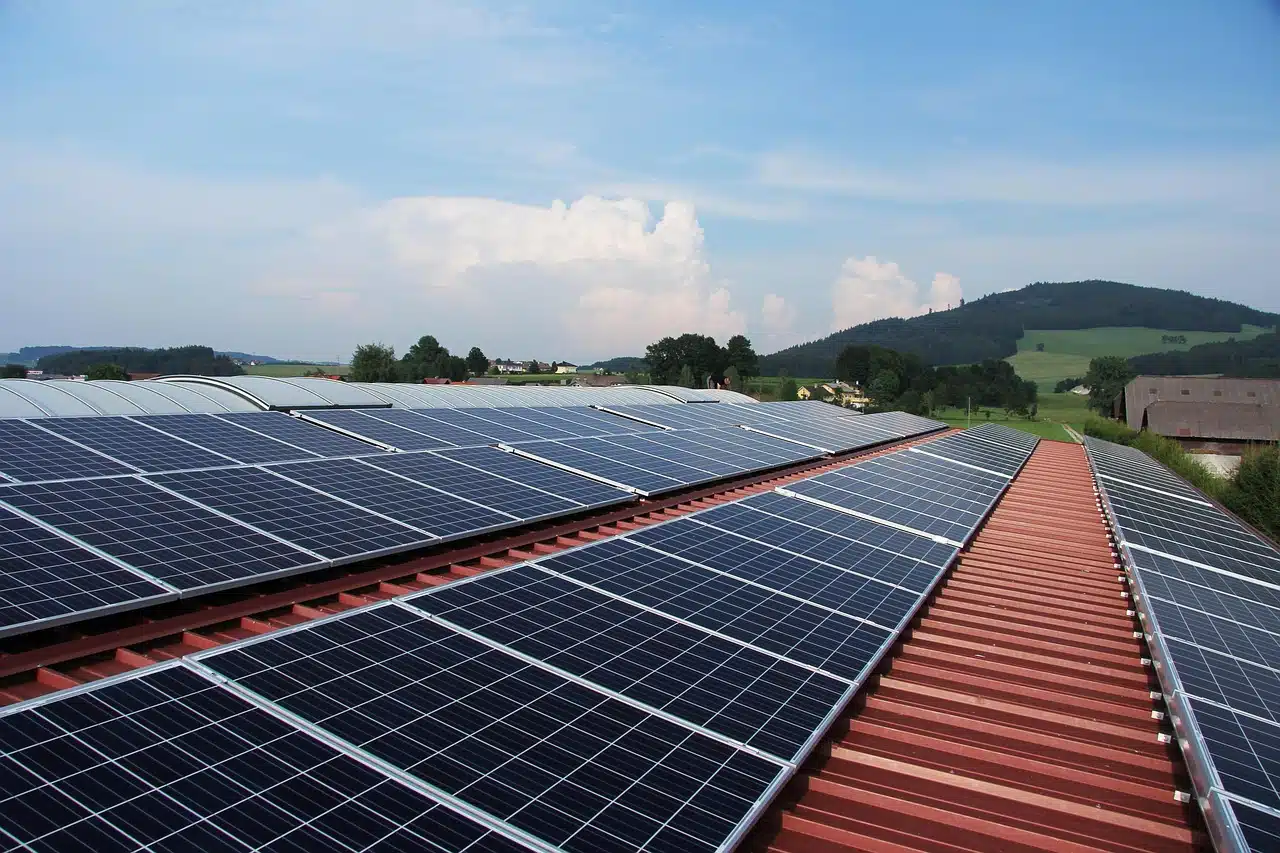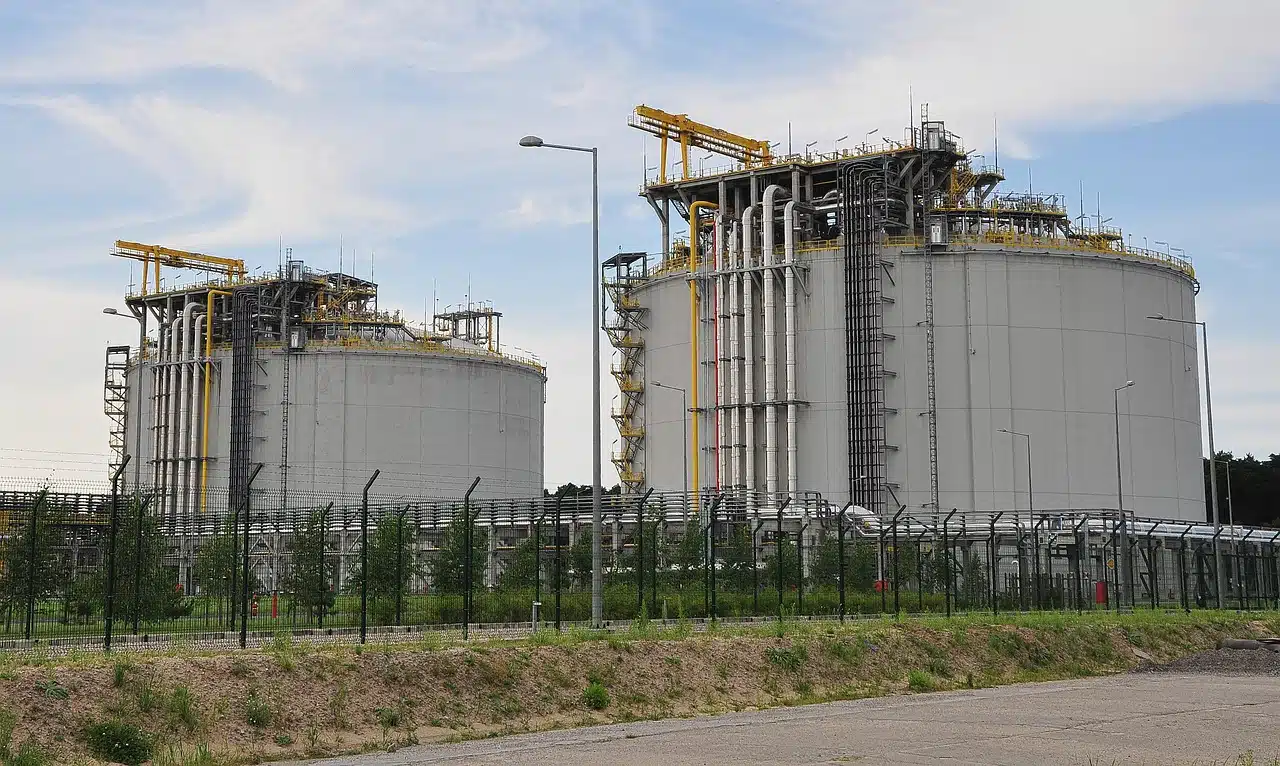Morocco is inviting investors to participate in its latest energy initiative, opening bids for new gas turbine power plants with a combined capacity of 300 to 450 megawatts (MW), as part of its broader push to expand renewable energy and strengthen grid reliability.
The project is set to be completed by Summer 2026 as part of the plan to expand clean energy sources in Morocco, aligning with the goal to achieve 52% renewable energy in its installed capacity by 2030, up from the current 45%.
It focuses on solar, wind, and energy storage solutions, underscoring Morocco’s strategic efforts to meet growing domestic demand.
Earlier in January, Morocco’s water and electricity utility (ONEE) planned to build a 990-megawatt (MW) gas-fired power plant at $420 million.
ONEE was to fund 20% of the project, while the remaining 80% will come from loans by Morocco’s largest lender, Attijariwafa Bank and Bank of Africa.
Sabah Akadir from the Arabic Language Daily said, “ One project is already located in the South-western Kenitra city while the other two plants will be built in Mohammedia in West Morocco and Ain Bani Mathar in the East”.
The three power projects are designed to enhance Morocco’s energy infrastructure through a combination of renewable generation and storage technologies.
The solar and wind projects are expected to contribute significantly to the national grid, with capacities likely exceeding several hundred megawatts each, based on Morocco’s prior renewable deployments like the Noor Solar Complex.
Economic implications
Morocco’s decision to invite bids reflects a broader strategy to support energy security and stimulate economic growth.
They plan to commit approximately $2.7 billion over the next five years to power infrastructure, as reported by AGBI in January 2025.
This investment is part of a larger $31.9 billion portfolio of green hydrogen projects approved earlier in March 2025 including companies like Saudi Arabia’s ACWA Power and Nareva, aiming to produce ammonia, green steel, and industrial fuel.
The new power projects will likely attract significant foreign direct investment, creating jobs and fostering technology transfer in the renewable sector.
By enhancing its renewable capacity, it aims to export surplus green energy, particularly to Europe, via initiatives like the Xlinks Morocco-UK Power Project, which plans to deliver solar and wind power through subsea cables.
With Morocco’s forward-thinking approach to renewable energy. This approach spans over areas of their investment portfolio, like the $1.55 billion investment for Casablanca airport’s new terminal in wait for the 2030 World Cup.
The National Office for Electricity and Drinking Water (ONEE) will award the winners of the three contracts.

